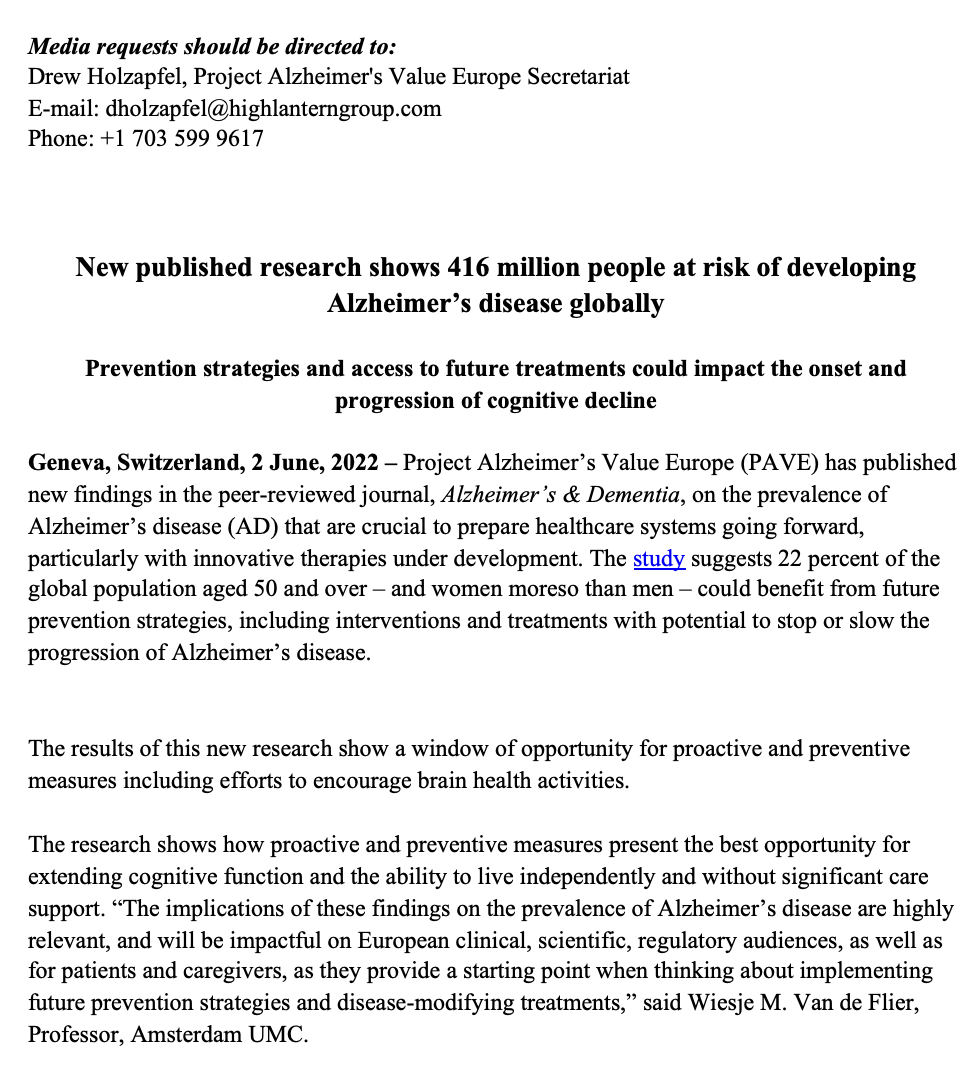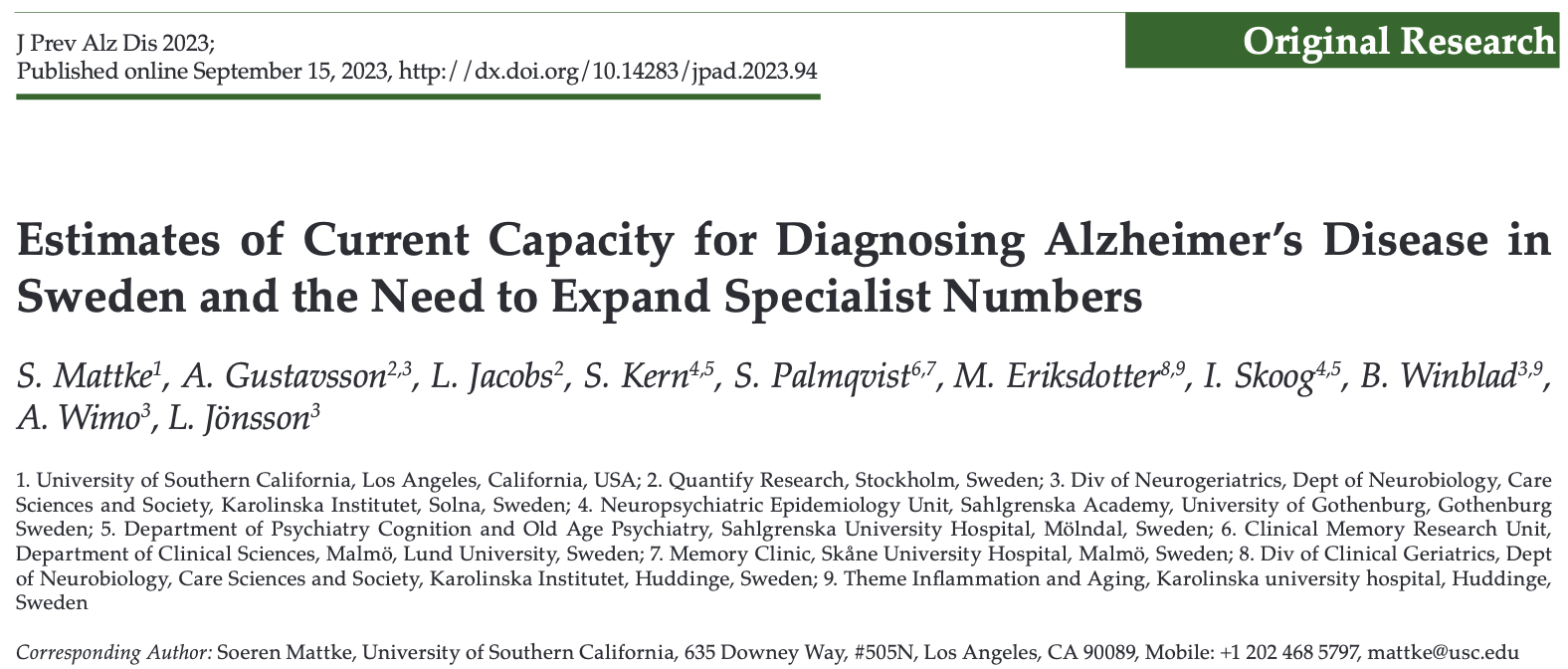Resources
white paper
From Innovation to Impact: Introducing Project Alzheimer’s Value Europe
This report summarises key insights from the work of the Pathways for the Introduction of Alzheimer’s disease Treatments (PIAdT) Working Group and introduces opportunities for the new Project Alzheimer’s Value Europe (PAVE) initiative to support timely access to forthcoming Alzheimer’s disease innovations through improved models for value assessment and funding. Download
CHARTER
Project Alzheimer’s Value Europe Member Charter
Our charter aims to clearly outline the purposes of PAVE. Additionally it delineates the objectives and scope, how PAVE is funded, what PAVE members are asked to do, operating guidelines, and the role of the secretariat. Download
PAVE Member Quotes
Annie Chicoye, Health Economist, MSc, Lecturer at Sciences Po Paris
“Specific medications for treating Alzheimer disease available so far have provided hope, but leave us with significant unmet needs. When innovative and effective treatments emerge, we can work together in a pre-competitive collaborative space to ensure that areas of impact are identified and considered by HTAs framework to capture the full value they may provide.”
Anders Gustavsson, Partner, Quantify Research
“When new Alzheimer treatments become available, we need to be able to identify the right patient and know when to start and stop treatment. This will help us maximize health with our limited resources.”
PAVE’s alzheimer’s disease european Epidemiology study Presentation
Alzheimer Europe 2021 European Parliament Workshop
PAVE Presents at Alzheimer’s Disease International Conference
PAVE presented a poster at the 2021 ADI virtual conference, sharing ideas and garnering interest in value assessment for Alzheimer's disease. Download.
white paper
How Alzheimer’s Disease Registries Can Facilitate Holistic Value Assessments
This paper highlights PAVE’s research findings around the present use of - and future opportunities for - European Alzheimer’s disease registries to support holistic value assessment decisions of emerging treatments and therapies. Download
Press Release
New Research: 416 Million People at Risk of Developing Alzheimer’s Disease Globally
A new study published by PAVE in Alzheimer's & Dementia: The Journal of the Alzheimer's Association highlights prevalence of Alzheimer’s disease across disease stages. Findings suggest that a majority of patients are asymptomatic or preclinical, and new strategies for the prevention of Alzheimer’s disease could benefit millions of people over the age of 50. Download the press release.
white paper
Overcoming the Barriers to Value Assessment of New Innovations in Alzheimer’s Disease
This report reviews assessment methods currently employed by European HTA bodies to identify challenges and opportunities related to holistic value assessment of AD therapies. Download
Virtual Conference session
Alzheimer Europe 2022 | Discussion on Epidemiology Study Findings
Research Study
Estimates of Current Capacity for Diagnosing Alzheimer’s Disease in Sweden and the Need to Expand Specialist Numbers
This study assesses Sweden's current capacity to diagnose patients eligible for disease-modifying AD treatment in a timely manner and estimates the investment needed to reduce wait times to a target of less than six months. Read here
Conference session & White paper
Alzheimer Europe 2023: “Time is up: the need to prepare people impacted by AD for engagement in value assessment”
PAVE convened a panel of experts at the 2023 Alzheimer Europe Annual Conference to review gaps in the current assessment process for Alzheimer’s disease therapies within Health Technology Assessment (HTA) frameworks. A follow-up paper advocates for substantial revisions to the evaluation methodologies in place, highlighting the need to integrate the patient and care partner burden into assessments to achieve a more comprehensive and patient-centric approach. Read here









